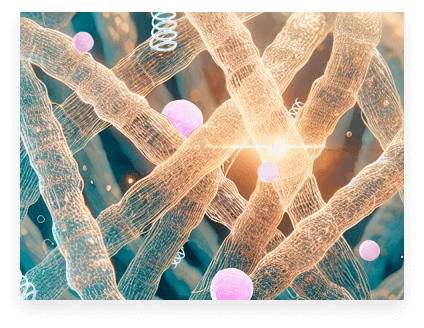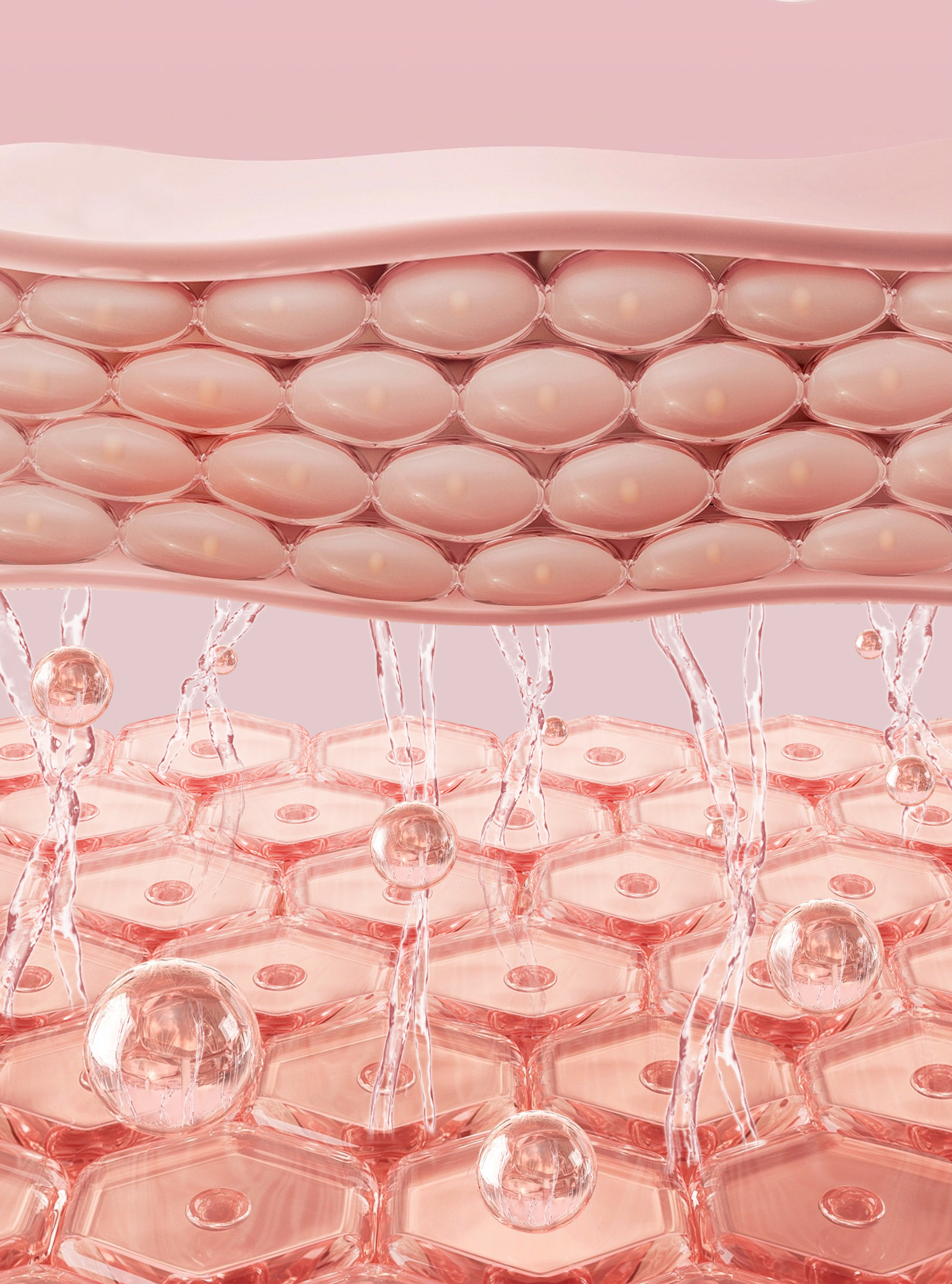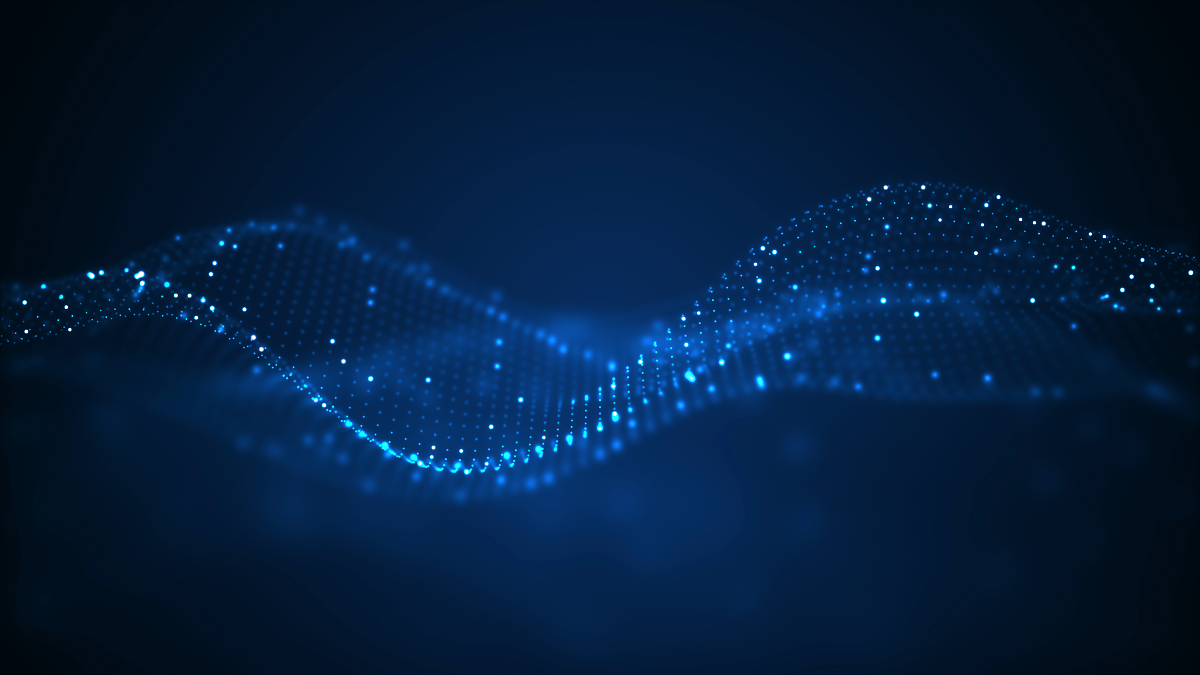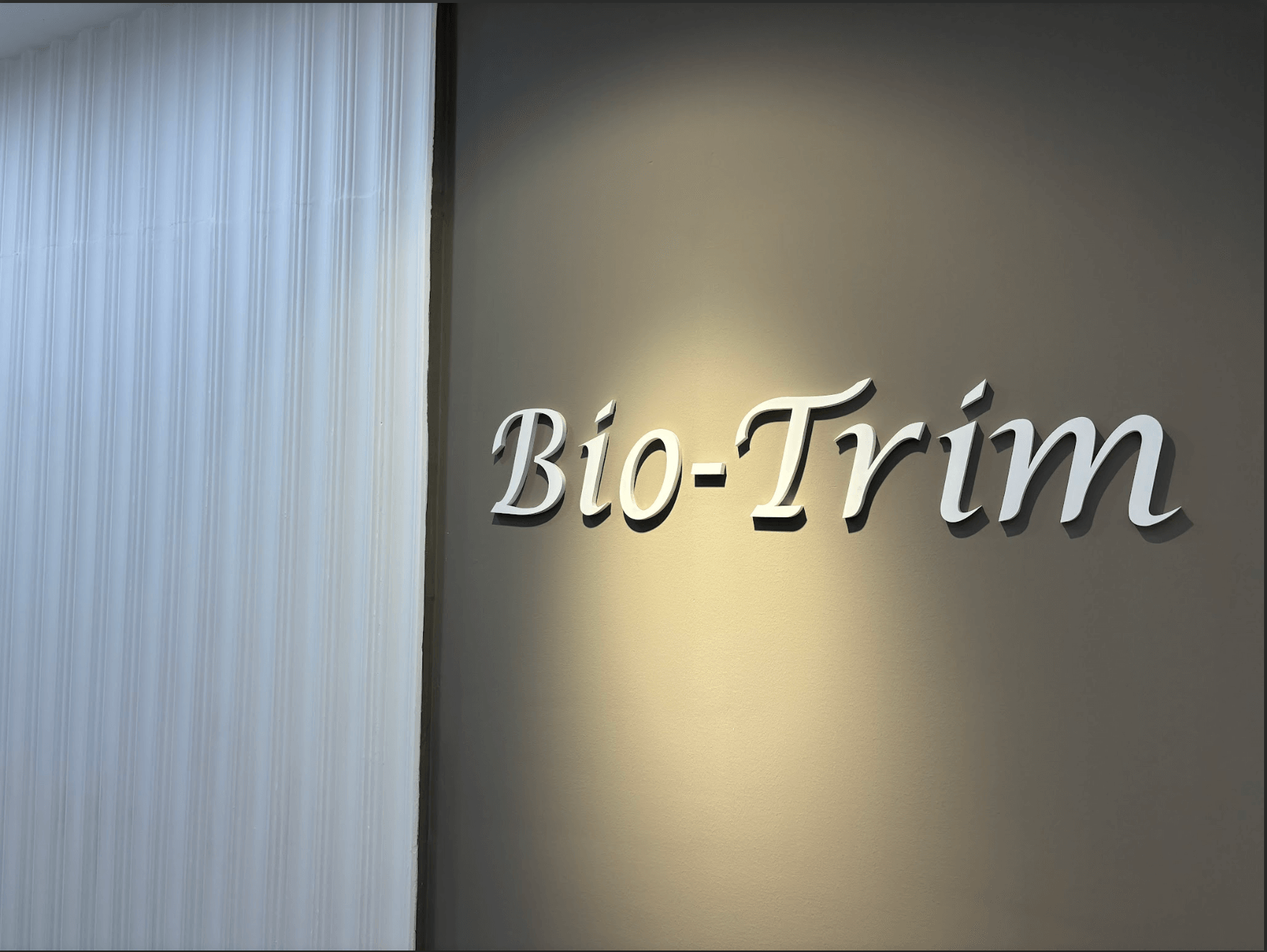Prerequisites for Collagen Self-Synthesis

Composition of Collagen
Collagen is composed of 20 amino acids, with three primary ones being glycine, proline, and hydroxyproline. These amino acids can be obtained from protein-rich foods and are synthesized into collagen within the human body. Since proteins are large molecules, they must first be digested and broken down into amino acids through hydrolysis before they can enter fibroblasts to produce collagen. (In the body, some water molecules dissociate into hydrogen ions and hydroxide ions, and these ions break down large protein molecules into smaller amino acids—a process known as hydrolysis.)
Sources of Collagen
High-quality protein foods that support fibroblasts in producing collagen include eggs, seafood, lean meats, and tofu. Pairing these with vitamin C, as well as zinc and copper found in seafood, can further enhance the collagen synthesis process. Some people mistakenly believe that foods like white fungus, okra, or peach gum aid in collagen production; however, these are merely slippery polysaccharides, not proteins. The amino acids that enable fibroblasts to generate collagen come from high-quality protein foods and certain premium oral collagen supplements.
Collagen in the Dermis
The dermis, also known as the fibrous layer of the skin, is primarily composed of collagen fibers and elastic fibers. Collagen fibers, made of collagen protein, account for over 70% of this layer. This highlights collagen’s critical role in the dermis. Adequate collagen not only maintains elasticity but also provides moisture retention, resulting in plump, hydrated, and resilient skin. Insufficient collagen leads to fine lines, wrinkles, dryness, and a dull complexion.


Collagen Loss
Starting at age 25, the rate of collagen loss in the dermis accelerates with age. The older a person gets, the more collagen is lost daily. If intake of high-quality protein foods is inadequate, the collagen produced by fibroblasts struggles to replenish what is lost. Factors such as sun exposure, excessive free radical buildup damaging collagen structure, overconsumption of fried foods, sweets, and processed foods, as well as late nights, smoking, alcohol use, and mental stress, all accelerate collagen depletion.
Collagen from Biochemical Technology
With rapid advancements in biochemical technology, a variety of topical and oral collagen products are now available on the market. These serve as alternatives or supplements to insufficient high-quality protein intake from daily diets, helping the dermis acquire more collagen for hydrated, resilient skin. However, collagen molecules are too large to penetrate the dermis when applied topically, limiting their effect to moisturizing the outer stratum corneum. Oral collagen cannot be directly absorbed by dermal collagen fibers either—it must be digested and hydrolyzed into amino acids, which then enter fibroblasts in the dermis to produce collagen.
Modern biochemical technology can now formulate oral collagen with the 20 essential amino acids, some even enriched with vitamin C, zinc, and copper. However, the amount of hydrolyzed amino acids that reach fibroblasts to form collagen varies from person to person, as does the effectiveness. Additionally, whether the bloodstream can deliver these amino acids to the facial dermis, and whether there is sufficient ATP for active transport into fibroblasts, are critical factors. For oral collagen to achieve optimal results, the prerequisite is enhancing the fibroblasts’ and collagen fibers’ capacity for repair and regeneration.

Role and Function of Bio-Trim UIC Multi-Frequency Microcurrent Series Beauty Device Prog 3 (ETR)
Whether from high-quality protein foods or oral collagen supplements, amino acids must be digested, absorbed, and hydrolyzed before they can be synthesized into collagen within fibroblasts. Only then can the dermis acquire the raw materials needed to repair and regenerate collagen fibers, restoring the face’s plump, hydrated appearance. The ETR device enhances this process by:
-
- Promoting Blood Circulation: It improves blood flow in the facial dermis, aiding the delivery of amino acids via the bloodstream to the dermal layer.
- Increasing ATP Production: It boosts ATP production in fibroblasts, facilitating the active and synergistic transport of amino acids into these cells to produce collagen, thereby enhancing the repair and regeneration of collagen fibers.
For customers with insufficient daily intake of high-quality protein foods, premium oral collagen supplements can compensate for the lack of amino acids.
Addressing Age-Related Collagen Loss
As age increases, daily collagen loss outpaces the amount generated from dietary protein intake. For those with inadequate protein consumption who rely on oral collagen supplements, the Bio-Trim UIC Multi-Frequency Microcurrent Series Beauty Device can assist fibroblasts in producing more collagen to offset this loss, helping maintain skin health.

Other articles
Others





